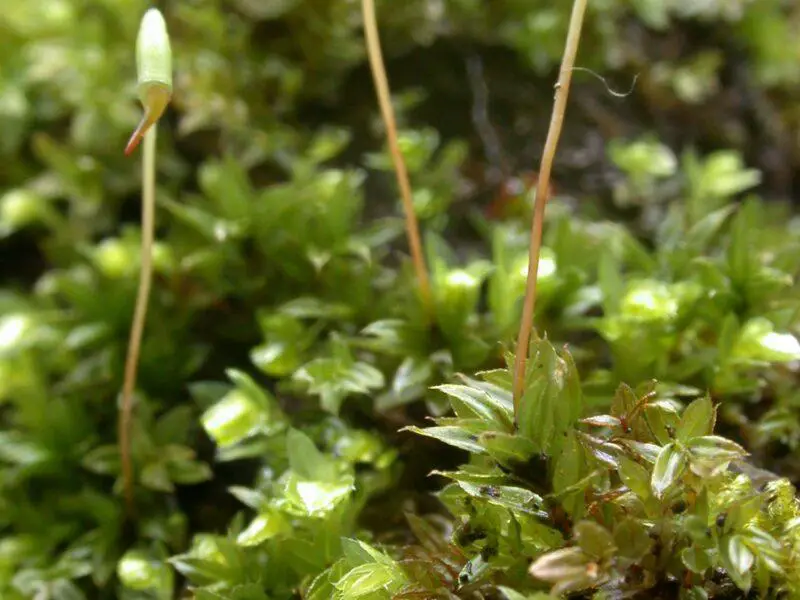
Mnium-marginatum-1-e1640799948428-800×600.jpg from: https://www.britishbryologicalsociety.org.uk/learning/species-finder/mnium-marginatum/
Introduction
In the vast and captivating world of bryophytes, one particular moss species stands out for its unique charm and ecological significance – the Mnium marginatum (Dicks.) P.Beauv., commonly known as Mnium. This unassuming yet fascinating plant belongs to the Mniaceae family and has captured the hearts of moss enthusiasts worldwide.
Background
Before delving into the intricacies of Mnium marginatum, it’s essential to understand the broader context of
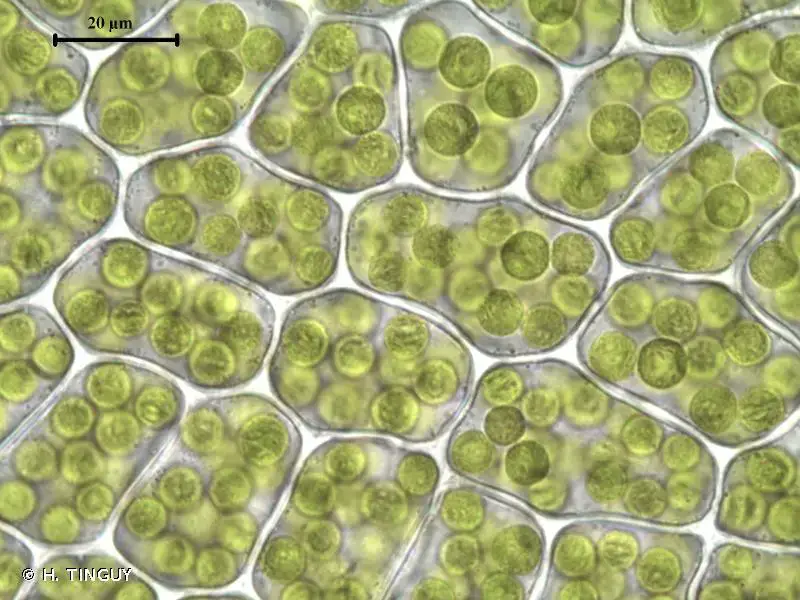
335983.jpg from: https://inpn.mnhn.fr/espece/cd_nom/4920
bryophytes
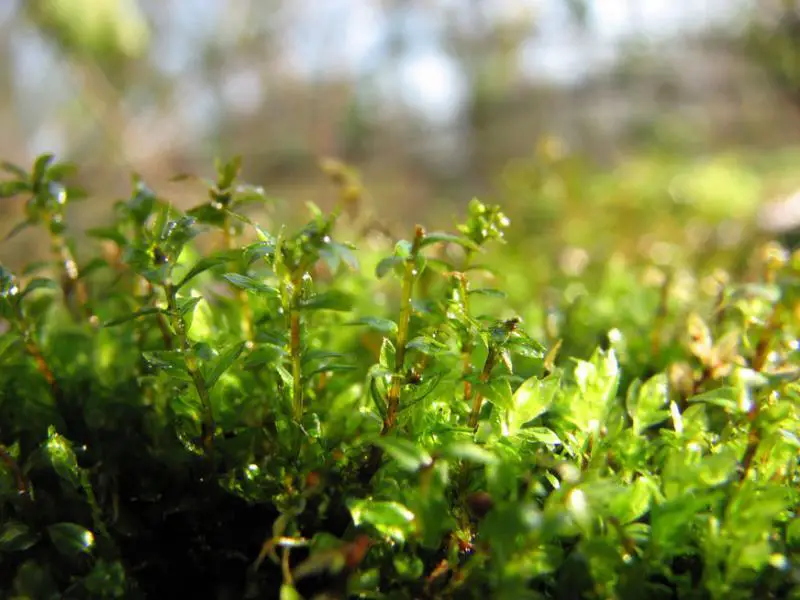
984320.jpg from: https://waarnemingen.be/species/17465/
. These non-vascular plants, which include mosses, liverworts, and hornworts, are often overlooked but play a crucial role in various ecosystems. They are among the oldest land plants on Earth, dating back to the Paleozoic era, and have adapted to thrive in diverse habitats.
Main Content
Morphology and Identification
Mnium marginatum is a striking moss species that can be easily identified by its distinctive features. It forms dense, velvety cushions or mats of vibrant green hues, adorned with delicate leaves that are bordered by a row of elongated cells. This unique characteristic, known as the marginal border, is the defining trait that gives the species its name – marginatum.
The leaves of Mnium marginatum
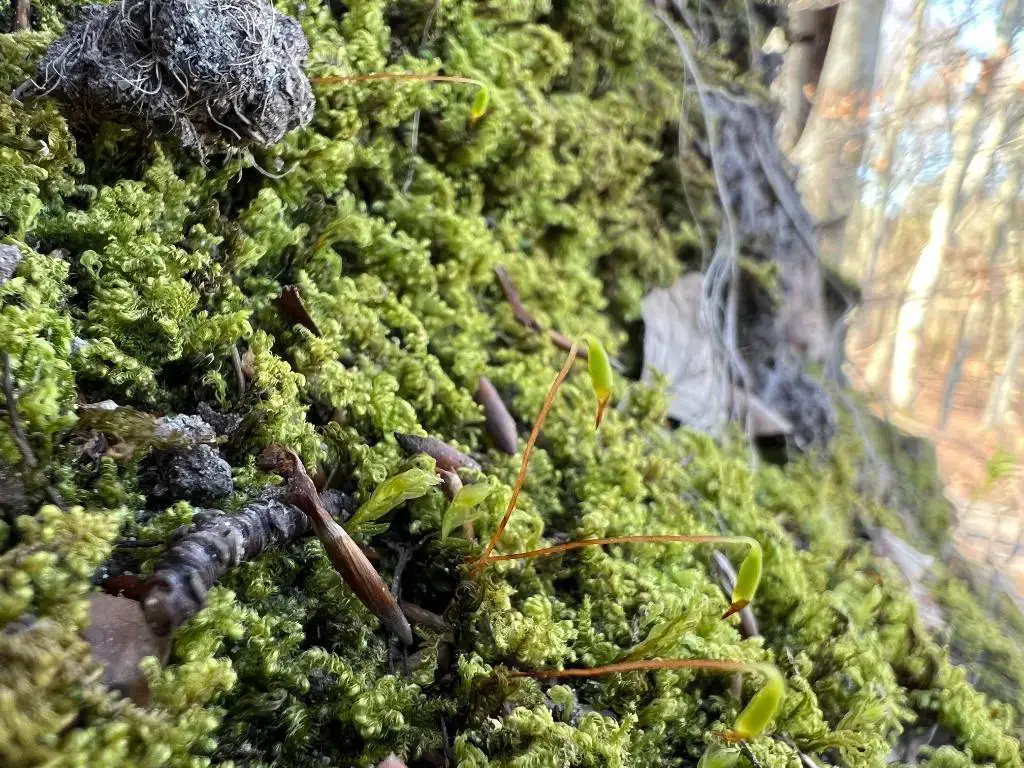
obsfoto_e9ca462b-014b-4ed9-8ee5-7d68f4709f44.jpg from: https://www.naturbasen.dk/art/13360/roedlig-stjernemos
are
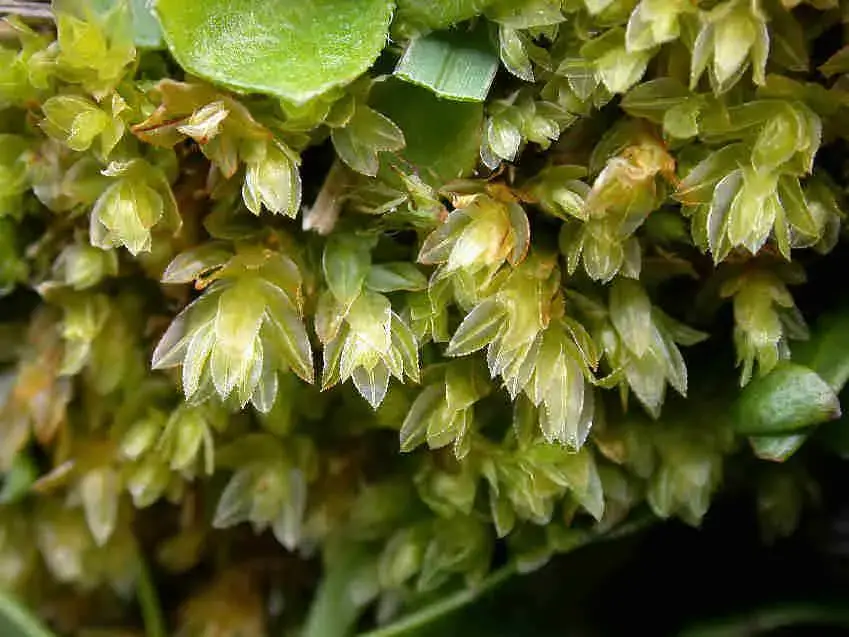
Mnium_marginatum_005.JPG from: https://cisfbr.org.uk/Bryo/Cornish_Bryophytes_Mnium_marginatum_var_marginatum.html
ovate to oblong-lanceolate in shape, with a single costa (midrib) that extends nearly to the leaf apex. The stems are erect or ascending, and the plants can reach heights of up to 10 centimeters.
Global Distribution and Habitat
Mnium marginatum is a cosmopolitan species, meaning it can be found on multiple continents across the globe. It thrives in moist, shaded environments, such as forests, woodlands, and stream banks. This moss species is particularly fond of calcareous (lime-rich) soils, but it can also be found growing on decaying logs, rocks, and
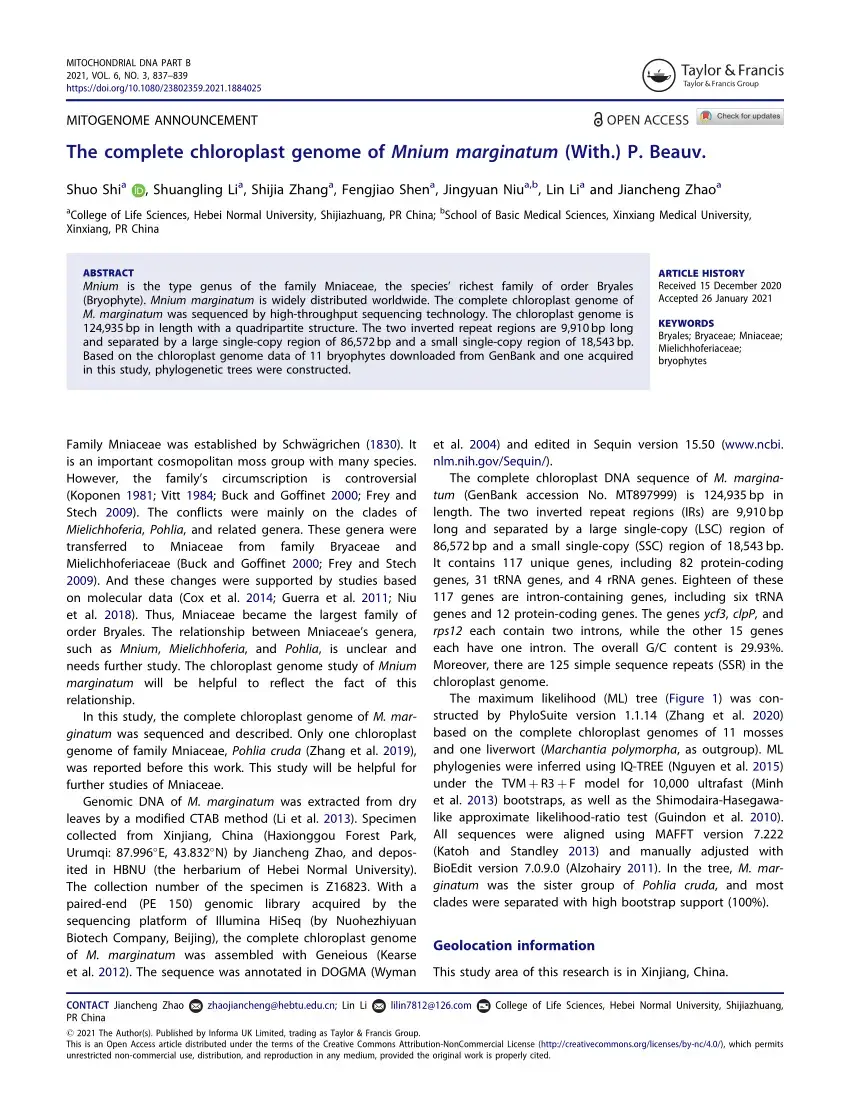
largepreview.png from: https://www.researchgate.net/publication/349999774_The_complete_chloroplast_genome_of_Mnium_marginatum_With_P_Beauv
soil banks.
Ecological Roles and Adaptations
Despite their diminutive size, bryophytes like Mnium marginatum play vital roles in their ecosystems. They act as pioneers, colonizing bare or disturbed areas and facilitating the establishment of other plant species. Additionally, they contribute to soil formation, water retention, and nutrient cycling.
Mnium marginatum is particularly well-adapted to its moist habitats. Its dense cushions help retain moisture, while its marginal border on the leaves is believed to aid in water conduction and prevent desiccation. Furthermore, this moss species exhibits remarkable desiccation tolerance
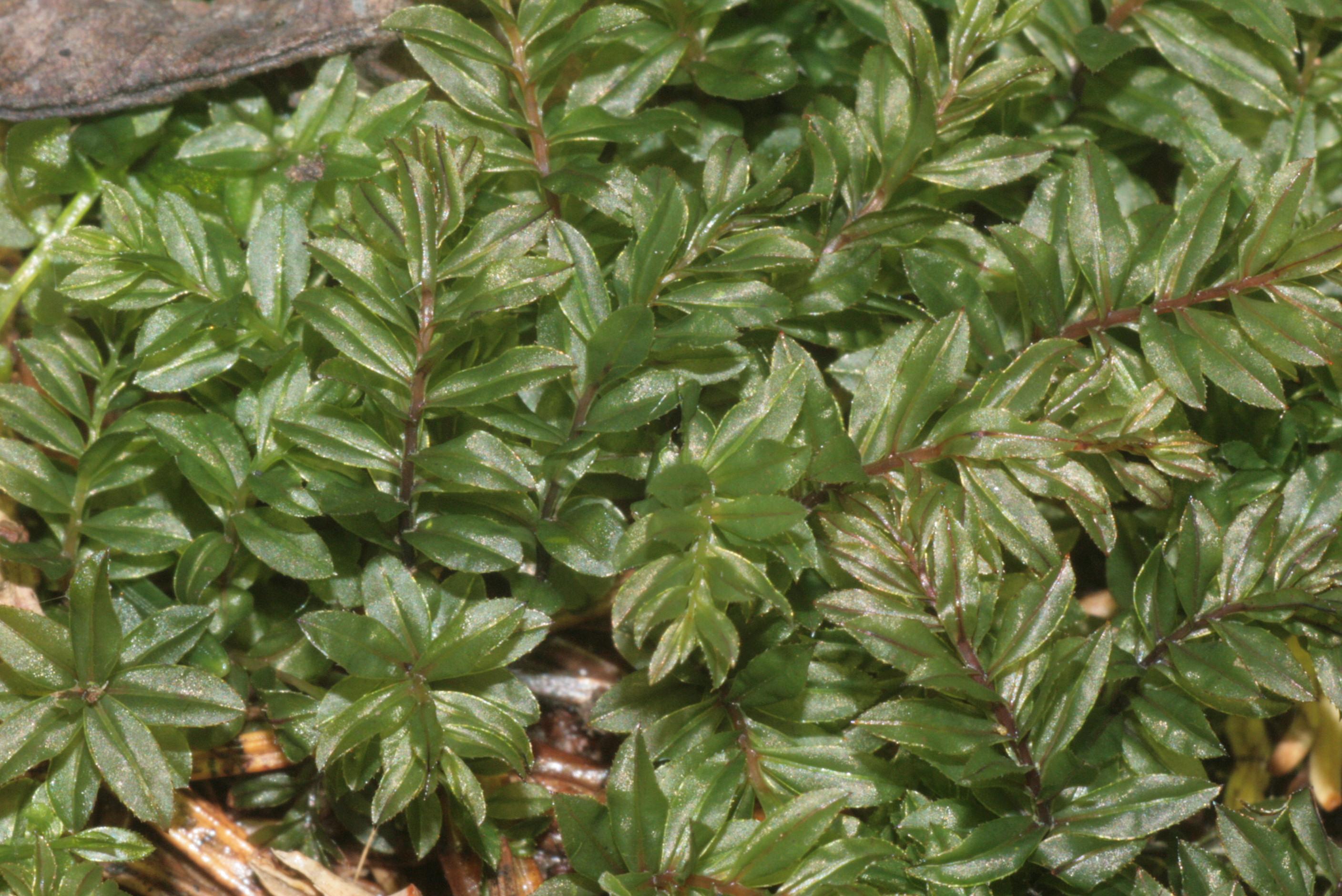
Mnium_marginatum_(e%2C_144940-474712)_4154.JPG from: https://de-academic.com/dic.nsf/dewiki/2379344
, allowing it to survive periods of drought by entering a dormant state and reviving when moisture returns.
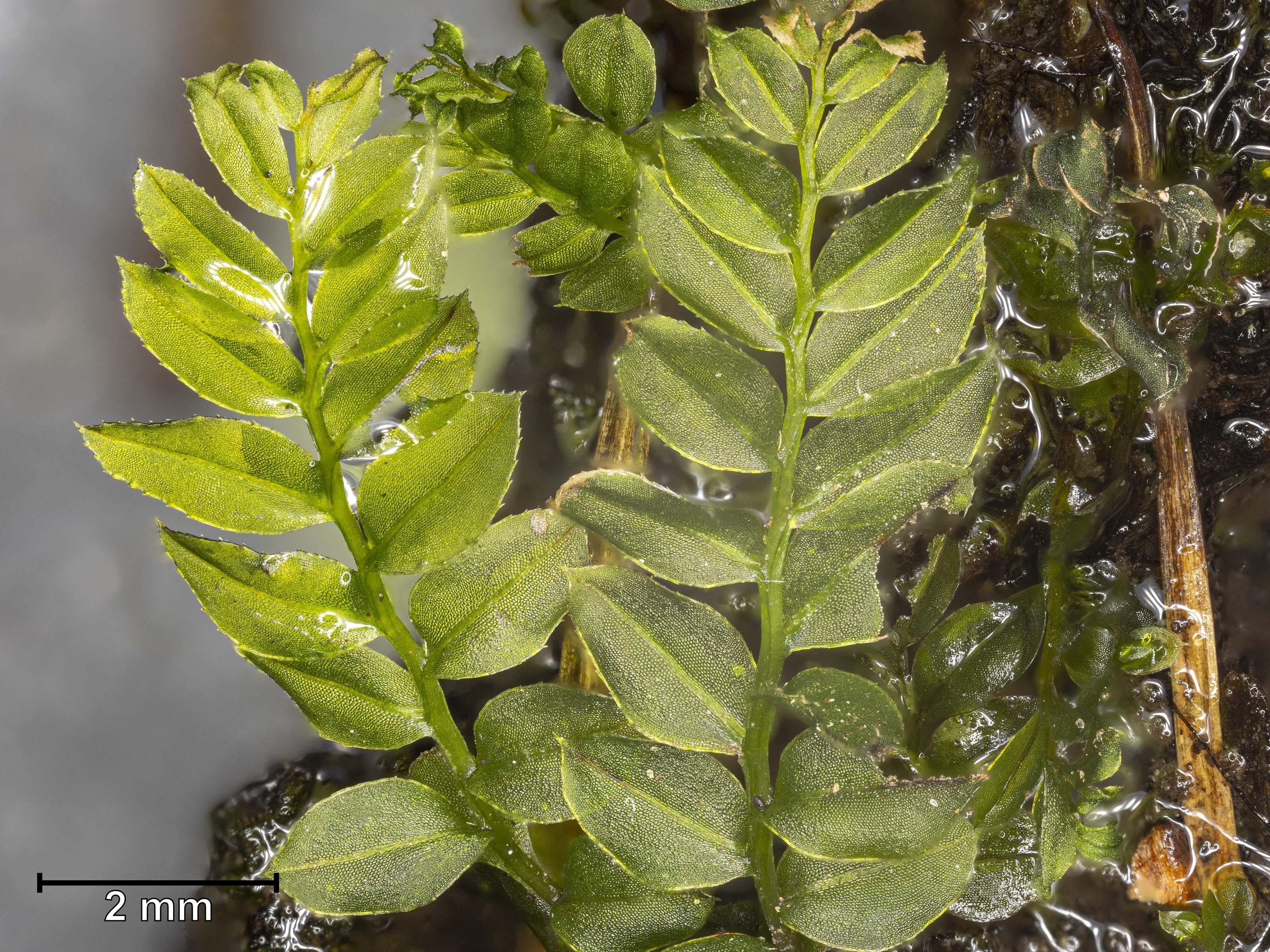
mnium_marginatum.jpeg from: https://www.korseby.net/outer/flora/bryophyta/mniaceae/index.html
Case Studies/Examples
In a study conducted in the Pacific Northwest region of North America, researchers found that Mnium marginatum played a crucial role in facilitating the establishment of conifer seedlings. The moss cushions provided a suitable microhabitat for the seedlings, offering moisture retention and protection from desiccation.
Another fascinating example comes from the United Kingdom, where Mnium marginatum is a common sight in ancient woodlands. Its presence is often used as an indicator of long-term ecological continuity, suggesting that the area has remained undisturbed for an extended period.
Technical Table

120px-Mnium_marginatum_(k%2C_144551-474734)_0001.JPG from: https://commons.wikimedia.org/wiki/Mnium_marginatum
| Characteristic | Description |
|---|---|
| Family | Mniaceae |
| Genus | Mnium |
| Species | marginatum |
| Growth Form | Dense cushions or mats |
| Leaf Shape | Ovate to oblong-lanceolate |
| Leaf Border | Row of elongated cells (marginal border) |
| Costa | Single, extending nearly to leaf apex |
| Habitat | Moist, shaded environments (forests, woodlands, stream banks) |
Substrate
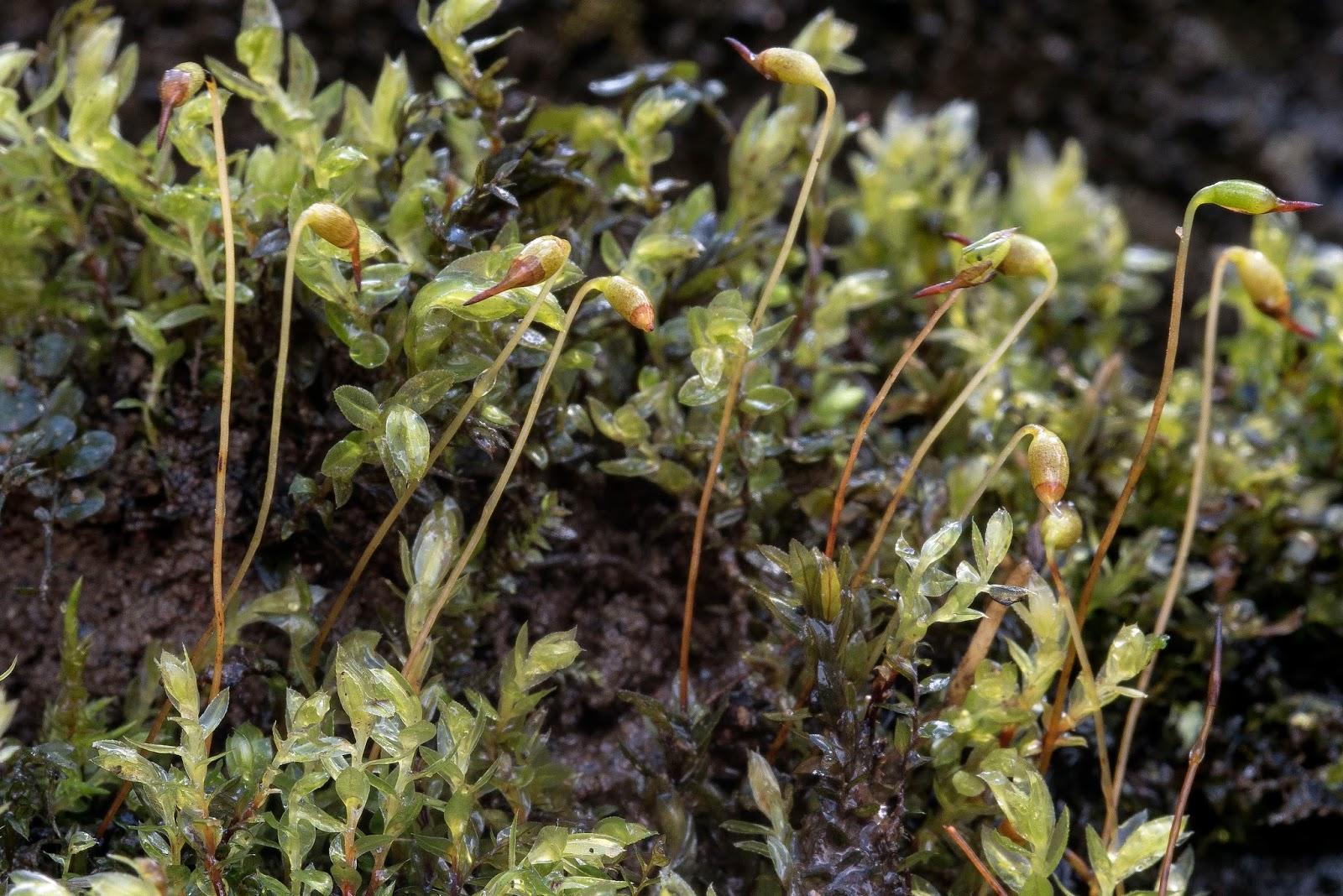 Mnium%2Bmarginatum%2Bsporophytes%2BResolven%2B6e%2Blowres.jpg from: http://southwalesbryos.blogspot.com/2016/04/anomodon-viticulosus-in-resolven.html |
Calcareous soils, decaying logs, rocks, soil banks |
| Distribution | Cosmopolitan (found on multiple continents) |
Conclusion
Mnium marginatum, the unassuming yet remarkable moss species, is a true testament to the beauty and resilience of bryophytes. Its unique morphological features, global distribution, and ecological roles make it a fascinating subject for moss enthusiasts and naturalists alike. As we continue to explore and appreciate the intricate world of mosses, Mnium marginatum serves as a reminder of the incredible diversity and adaptations found in these often-overlooked plants.
Ponder this: In a world where we often overlook the smallest wonders, how can we cultivate a deeper appreciation for the intricate beauty and ecological significance of mosses like Mnium marginatum?